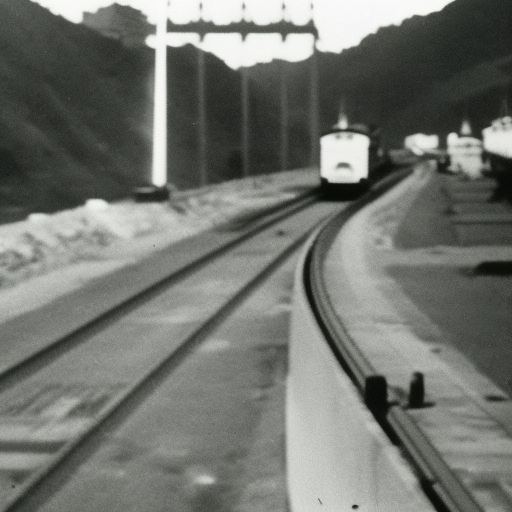Panama Canal Construction (1904-1914)
The construction of the Panama Canal, which took place between 1904 and 1914, was a monumental engineering feat that connected the Atlantic and Pacific Oceans. The canal revolutionized global trade and transportation by providing a shortcut for ships traveling between the two oceans, eliminating the need for lengthy and treacherous journeys around Cape Horn.
Background:
The idea of constructing a canal through the Isthmus of Panama had been contemplated for centuries. However, it was not until the late 19th century that serious efforts were made to bring this vision to reality. The French initially attempted to build a canal in the 1880s but faced numerous challenges, including engineering difficulties and the outbreak of diseases such as yellow fever and malaria.
United States Involvement:
In 1903, the United States signed the Hay-Bunau-Varilla Treaty with Panama, which granted the U.S. control over a ten-mile-wide strip of land known as the Panama Canal Zone. This agreement allowed the U.S. to take over the construction of the canal, which had been abandoned by the French due to financial and health-related issues.
Engineering Challenges:
The construction of the Panama Canal presented numerous engineering challenges. One of the most significant obstacles was the need to excavate a path through the mountainous terrain of the Isthmus of Panama. The French had attempted to dig a sea-level canal, but the Americans opted for a lock-based system that would require the creation of a series of locks to raise and lower ships as they passed through the canal.
Health Challenges:
Another major challenge was the prevalence of diseases such as yellow fever and malaria in the region. The chief engineer of the project, John Stevens, implemented strict sanitation measures to combat these diseases. He also initiated an ambitious mosquito eradication campaign, which significantly reduced the incidence of yellow fever and malaria.
Construction Efforts:
Under the leadership of Stevens and later his successor, George Washington Goethals, the construction of the Panama Canal proceeded at a rapid pace. The project involved the excavation of millions of cubic yards of earth, the construction of locks, and the creation of a massive artificial lake, Gatun Lake, which would serve as a crucial part of the canal’s infrastructure.
Workforce:
The construction of the canal required a massive workforce. Thousands of laborers, primarily from the Caribbean islands and Europe, were recruited to work on the project. The working conditions were harsh, and the laborers faced numerous challenges, including dangerous work environments and the constant threat of disease.
Completion and Impact:
After a decade of intense construction efforts, the Panama Canal was officially opened on August 15, 1914. The completion of the canal had a profound impact on global trade and transportation. It significantly reduced the time and cost of shipping goods between the Atlantic and Pacific Oceans, opening up new markets and opportunities for international trade.
Legacy:
The construction of the Panama Canal stands as a testament to human ingenuity and engineering prowess. It remains one of the most remarkable achievements in modern history. The canal continues to play a vital role in global trade, facilitating the passage of thousands of ships each year and serving as a symbol of international cooperation and connectivity.
In conclusion, the construction of the Panama Canal between 1904 and 1914 was a monumental undertaking that transformed global trade and transportation. The project overcame significant engineering and health challenges, resulting in the creation of a vital waterway that continues to shape the modern world.












